Table of Contents
Key Takeaways
- A comprehensive understanding of your electricity bill can reveal unexpected ways to save money.
- Investing in energy-saving appliances, smart thermostats, and LED lighting pays off in long-term savings.
- Behavioral adjustments and home improvements can significantly lower energy consumption.
- Tactics such as utilizing off-peak hours and engaging in community initiatives can maximize financial and environmental benefits.
Understanding Your Electricity Bill: More Than Just Kilowatts
Cracking open the complexities of an electricity bill can often make the difference between shrugging at a high bill and taking decisive action to lower it. A detailed look at your statement will reveal charges like base fees, fixed regardless of consumption, and variable charges that depend on how much electricity you use. Further complexity arises from taxes and surcharges that your utility company or governing body may add. Each component plays a role in the final amount due and offers an avenue for potential savings, especially when you make informed decisions guided by understanding how to lower electric bill. Analyzing your usage over time can uncover trends – higher bills during extreme weather months may indicate the need for better home insulation or a more efficient HVAC system.
Moreover, some bills will include time-of-use rates, which fluctuate daily based on demand. For example, electricity might be more expensive during the late afternoon when everyone returns home and less costly late at night. Knowing when these rates apply allows you to plan high-consumption activities strategically, such as running your washer or dishwasher, to take advantage of the lower rates. Another critical factor to consider is whether your bill is estimated or based on actual meter readings – estimates can sometimes lead to inaccuracies and surprise adjustments.
The billing cycle, typically a month, can vary slightly in length, impacting the total kWh consumed and, consequently, the cost. Additionally, understanding your bill puts you in a better position to question and clarify charges with your provider and to spot any discrepancies or opportunities for cost savings.
Energy-Saving Appliances: A Worthwhile Investment
The upfront cost of energy-saving appliances might be higher, but the long-term savings can be substantial. When pondering a new purchase, looking beyond the price tag and considering the operational expenses over time is essential. For instance, an energy-efficient refrigerator may use a fraction of the electricity compared to an older, less-efficient model. This ongoing saving will show on every electricity bill for the appliance’s life, quickly compensating for the higher initial investment. The impact of these choices extends beyond individual households – if everyone upgrades to more efficient appliances, the cumulative effect can reduce energy demand and contribute to environmental sustainability.
Energy Star-rated appliances, in particular, offer a reliable benchmark for consumers. These products have been assessed for efficiency and cost-effectiveness, often outperforming their standard counterparts considerably. Further, the Energy Guide labels provide essential information concerning the estimated annual energy consumption and operating cost, helping you accurately calculate the break-even point and anticipated savings over time.
Another critical aspect to consider when choosing appliances is their potential resale value. Energy-efficient models are increasingly favored in the housing market, and potential buyers often view them as a desirable feature. This consideration can add to the overall attractiveness of your home should you decide to sell. Cheaper utility bills and a potentially higher sale price of your home create a compelling case for energy-wise appliances.
Smart Thermostats: The Heart of an Energy-Efficient Home
Smart thermostats revolutionize home energy management by providing unprecedented control over heating and cooling systems. These Wi-Fi-enabled devices allow you to adjust settings from anywhere, using a smartphone or another device, and many models also offer voice control for added convenience. Programmed to learn your schedule and preferences, smart thermostats can automatically lower the heat or air conditioning when you’re away and ensure a comfortable environment when you’re due to return home. By tailoring the climate to your actual needs rather than running on a constant schedule, smart thermostats can slash unnecessary energy usage, potentially saving your electricity bill.
Advanced features include geofencing, which uses your smartphone’s location to determine whether to heat or cool your home, and adaptive recovery, which learns how long it takes to achieve the desired temperature, optimize comfort, and save without extra effort. Additionally, smart thermostats can provide energy usage reports, offering insights into your consumption patterns and opportunities to adjust your habits for further savings. The sense of personal empowerment and control over home energy usage can significantly motivate many homeowners to switch to smart thermostats.
Incentives provided by utilities to install these devices are a testament to their potential to reduce demand on the grid. Rebates or other incentives are often available and can significantly reduce the upfront cost, making smart thermostats even more attractive to consumers while promoting energy conservation on a broader scale.
The Role of Insulation in Minimizing Energy Loss
Sound insulation is the silent hero of energy efficiency, often overlooked yet vital for maintaining a comfortable home temperature year-round. It is the primary defense against heat transfer, keeping your home warmer in winter and cooler in summer. Proper insulation in critical areas such as walls, attics, and floors can significantly reduce the need for heating and cooling, among the highest contributors to energy bills. Moreover, it’s not only about having insulation but also ensuring that it’s of the right type and adequately installed – gaps, compression, and moisture can all compromise its effectiveness. Fortunately, a wealth of information is available to help homeowners choose appropriate insulation materials and techniques.
When considering insulation updates, it’s essential to evaluate the existing situation in your home. Is the insulation in the attic sufficient and evenly distributed? Are there unsealed spaces allowing drafts? Additionally, air sealing, which complements insulation by closing gaps through which air can leak, is a cost-effective method to increase efficiency. Air leaks around windows, doors, outlets, and other openings can occur. Simple fixes like caulking and weather stripping are inexpensive and doable as a DIY project, yet these small changes can significantly impact your energy consumption and comfort.
The long-term benefits of insulation extend beyond immediate temperature comfort and savings on energy bills. It can also reduce the strain on HVAC systems, extending their lifespan and reducing maintenance costs. Investing in improved insulation may qualify for energy efficiency rebates, providing additional financial incentives to your eco-friendly home update.
Renewable Energy: Harnessing Power Sustainably
Adopting renewable energy is a forward-thinking approach that aligns with global sustainability goals and provides a pathway to energy independence. Solar panels, for instance, transform your rooftop into a mini-power station, generating electricity that can power your home or be fed back into the grid. Technology advancements and mass production have significantly reduced prices for solar panels, making them an increasingly viable option for the average homeowner. In addition to reduced utility bills, homeowners with solar installations may benefit from increased home values. In some communities, home buyers seek out properties with solar panels, showing a clear preference for homes that promise lower energy costs and ecological responsibility.
Similar principles apply to renewable sources such as wind turbines or geothermal systems. While the feasibility of these options depends heavily on specific geographic and environmental conditions, they represent potent alternatives for those seeking to minimize their carbon footprint and utility expenses. Harnessing the power of the elements can secure a future where energy is more affordable and kinder to the planet.
On the legislative side, various incentives, such as tax credits and grants for renewable energy installations, can make these systems more economical for homeowners. Many governments are keen to support the shift to green energy and offer financial aid to those willing to invest in this transition. By taking advantage of these incentives, homeowners can play a role in the energy revolution while enjoying the financial perks of a lower or non-existent electricity bill.
Lighting Choices: LED versus Traditional Bulbs
The shift from traditional incandescent bulbs to LEDs is more than a technological upgrade; it represents a sea change in how we approach home lighting. LEDs, or light-emitting diodes, offer significant advantages. They consume less electricity – converting more energy into light rather than heat – and have an incredibly long lifespan. While the upfront cost of LEDs is more elevated, they pay for themselves many times over in energy savings and replacement costs. It’s not just about personal savings; the shift to efficient lighting is critical globally, as lighting accounts for a significant portion of worldwide electricity consumption. By choosing LEDs, you reduce the overall demand for energy resources.
The misconceptions about LED lighting being too harsh or not as warm as traditional lighting have been dispelled. Advances in LED technology have resulted in bulbs that provide a range of color temperatures, mimicking the soft glow of incandescent bulbs or the bright white light ideal for task lighting. The versatility of LEDs allows them to be used in various settings, from dimmable options for ambient lighting to durable designs for outdoor use.
LEDs also contribute to environmental conservation beyond just energy savings. Their long life means fewer bulbs end up in landfills, and since they don’t contain hazardous substances like mercury, they’re safer to dispose of than compact fluorescent bulbs. Completing the switch to LEDs throughout your home might require investment, but it will illuminate the path to a more sustainable and cost-effective future.
Community Initiatives and Cooperative Electricity Buying
Community energy projects empower residents to come together for mutual benefit—financially, socially, and environmentally. Establishing a communal or cooperative approach to energy buying can lead to negotiated rates with power suppliers or the contribution to renewable energy projects that serve the local area. These initiatives can also educate community members about energy efficiency and put collective pressure on utilities to invest in sustainable energy infrastructures. Moreover, this sense of community involvement can foster a collaborative spirit towards a common goal: reducing each household’s carbon footprint and overall energy expenses.
Energy co-ops are another avenue where communities can collectively invest in renewable energy installations, like solar farms or wind turbines, that supply power directly to their members. Members reap the benefits of lower energy costs and actively move away from fossil fuels towards cleaner energy alternatives. In a virtuous cycle, lowering demand for non-renewable energy can, in turn, help stabilize or lower rates for the whole community.
Energy is a critical issue that impacts everyone, and community initiatives signal a shift towards a more democratic and engaged approach to energy consumption and production. They encourage localized decision-making and can motivate utilities to explore more sustainable and equitable energy solutions. By participating in these programs, individuals can support significant changes within their communities while enjoying the benefits of lower energy costs and a smaller ecological footprint. Community green power aggregation demonstrates that group efforts toward sustainable energy practices carry tremendous potential for positive change.











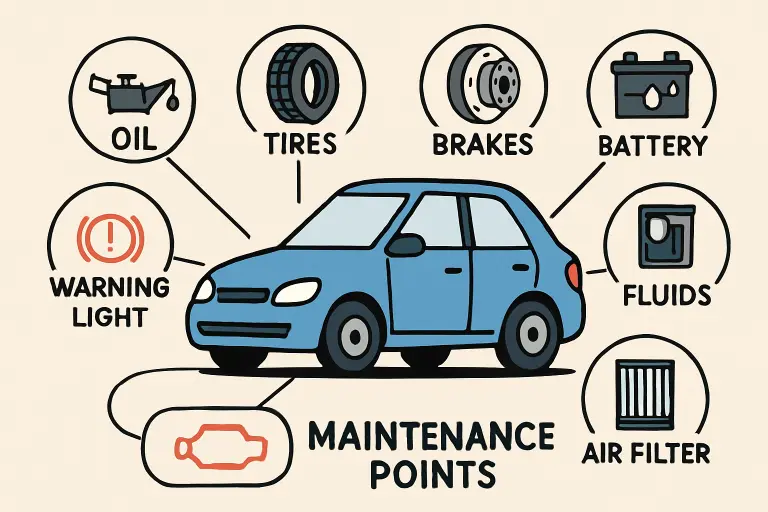











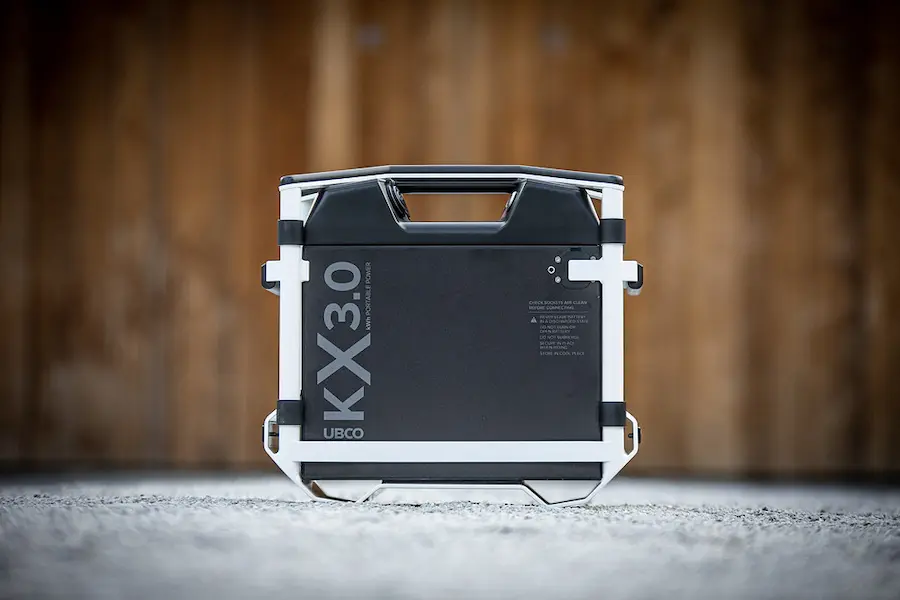

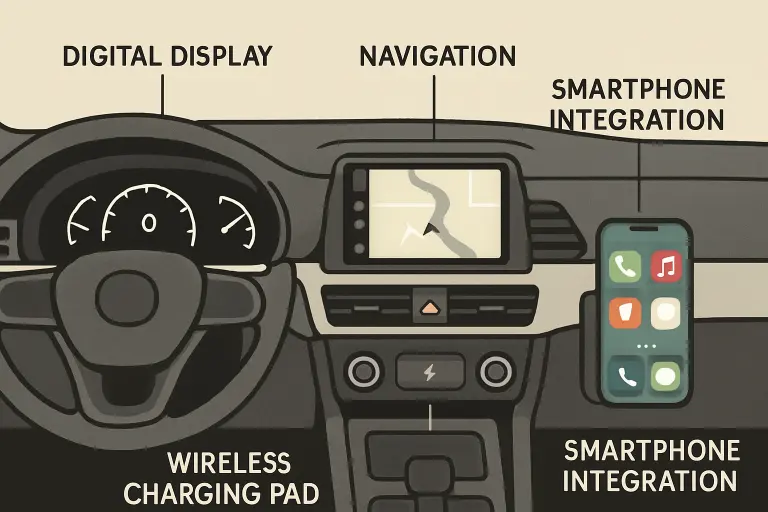







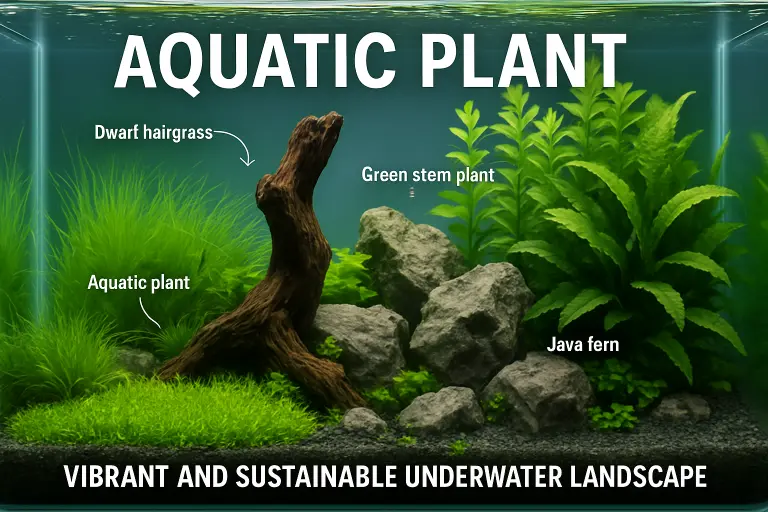




































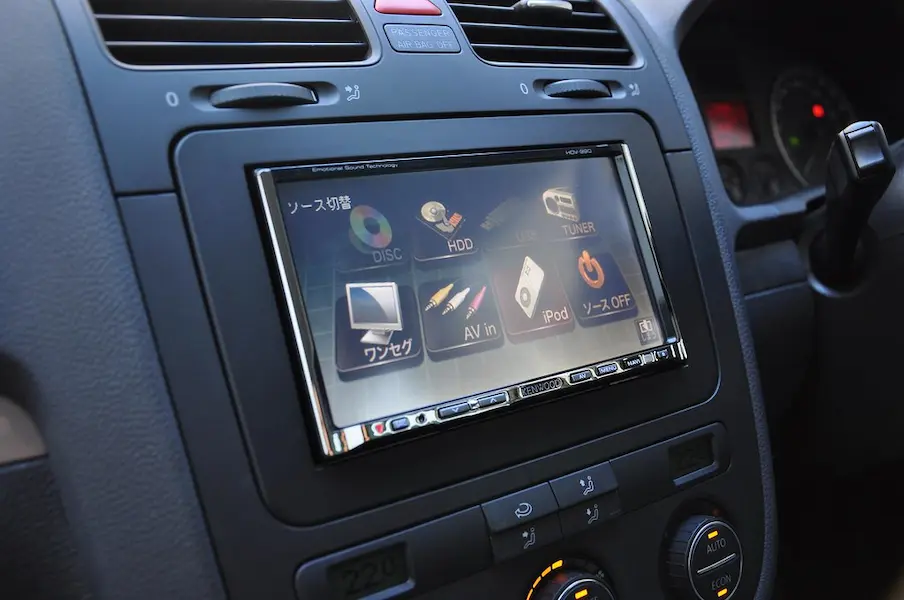





























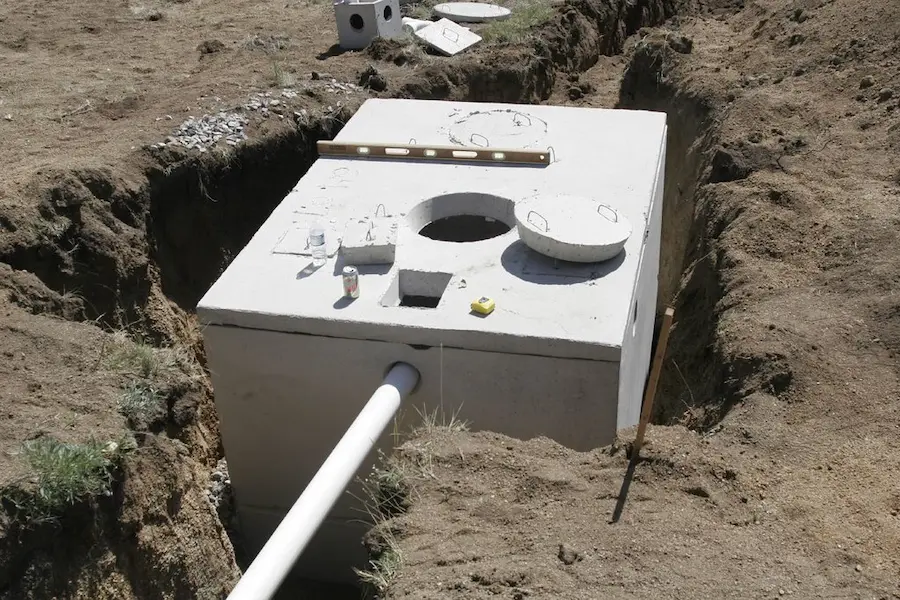


































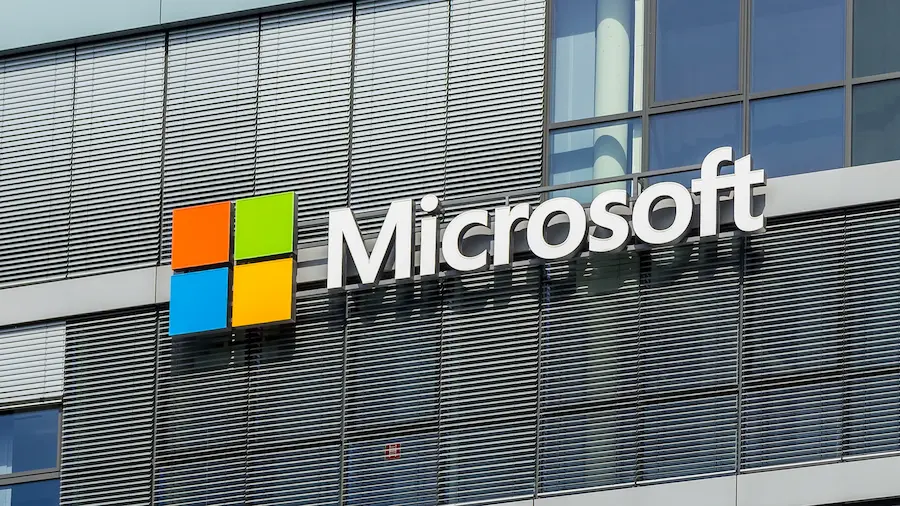

















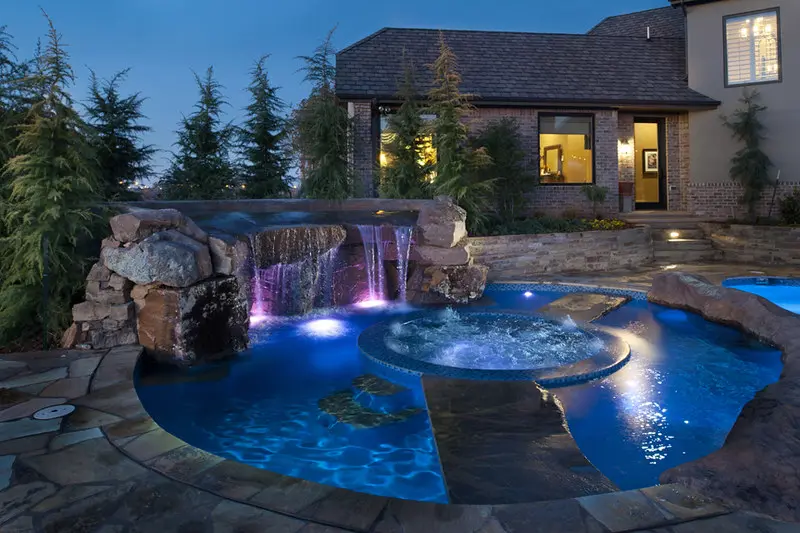


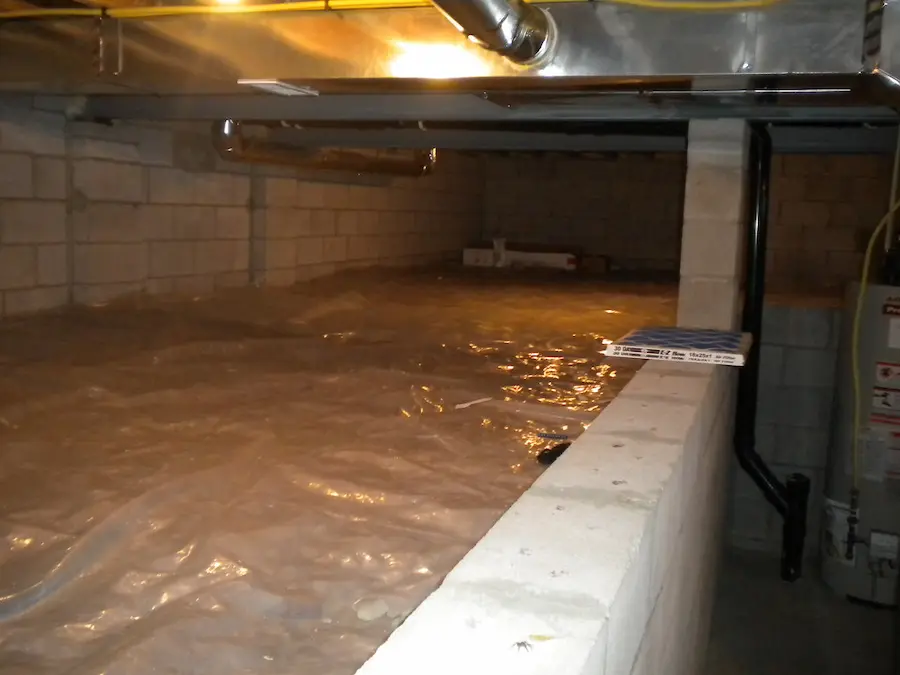
















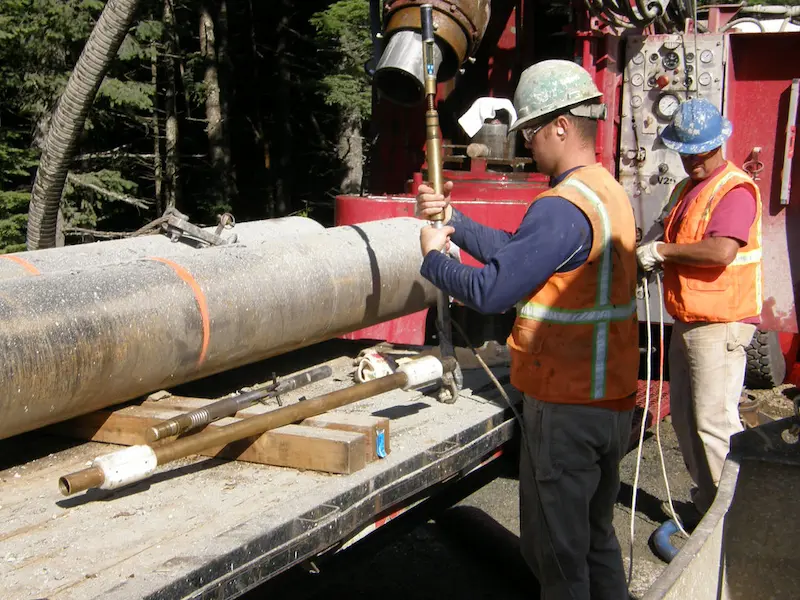








































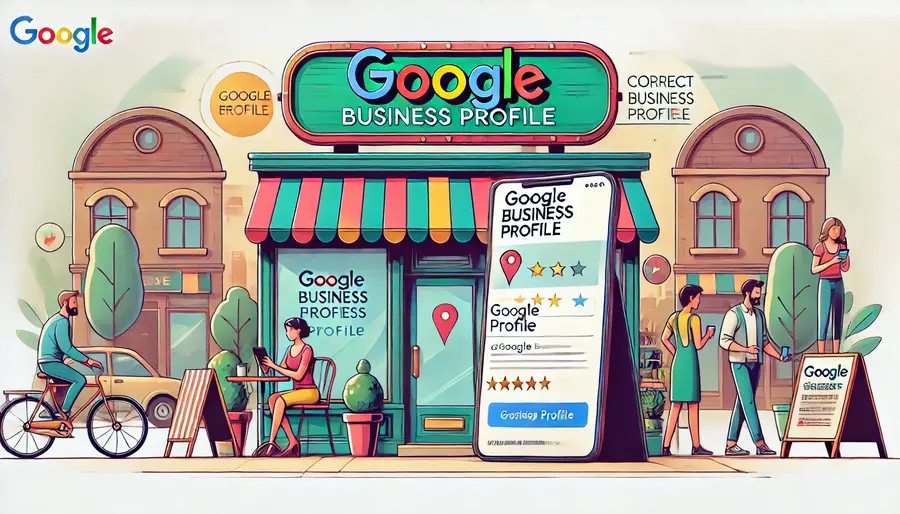













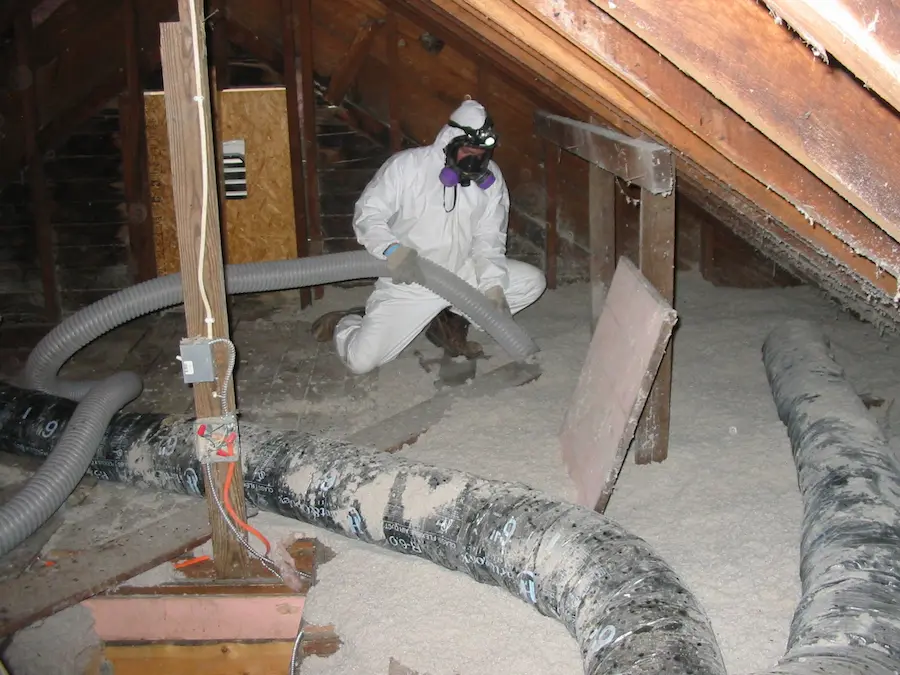
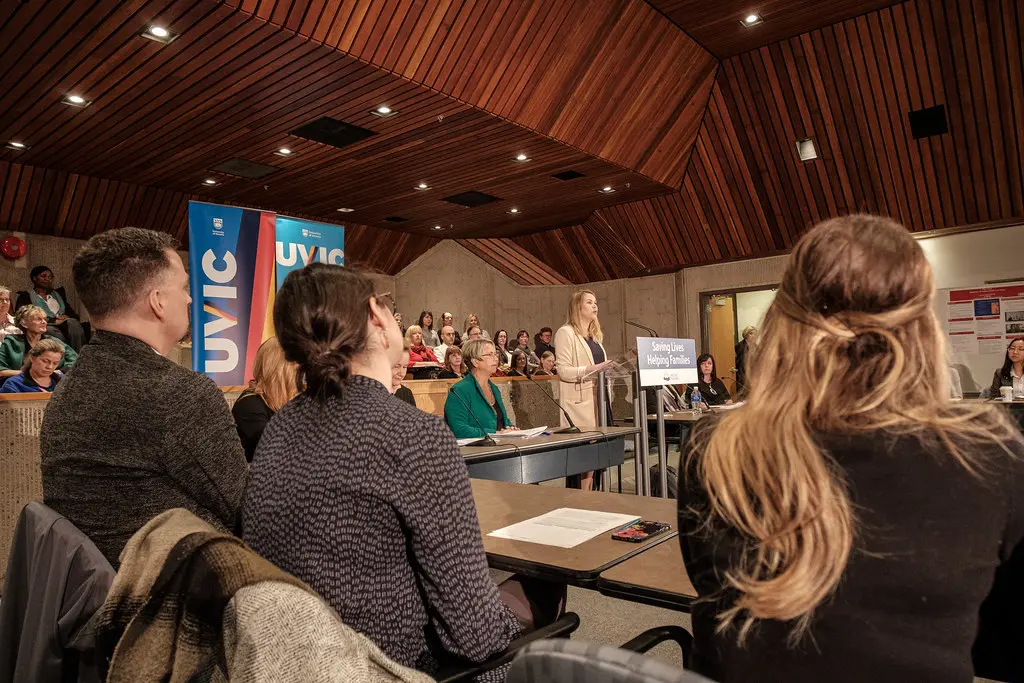
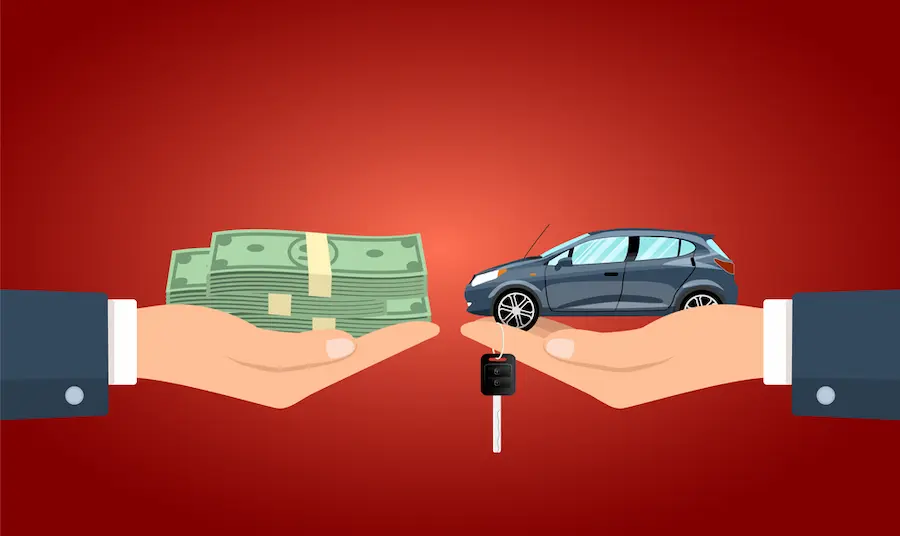




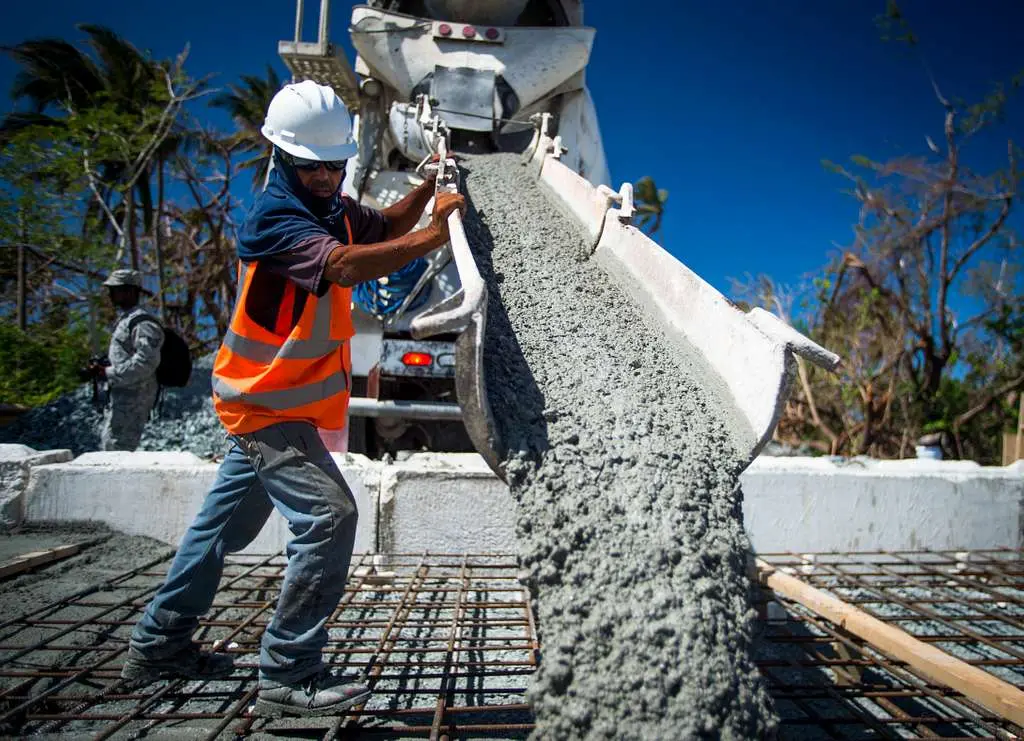
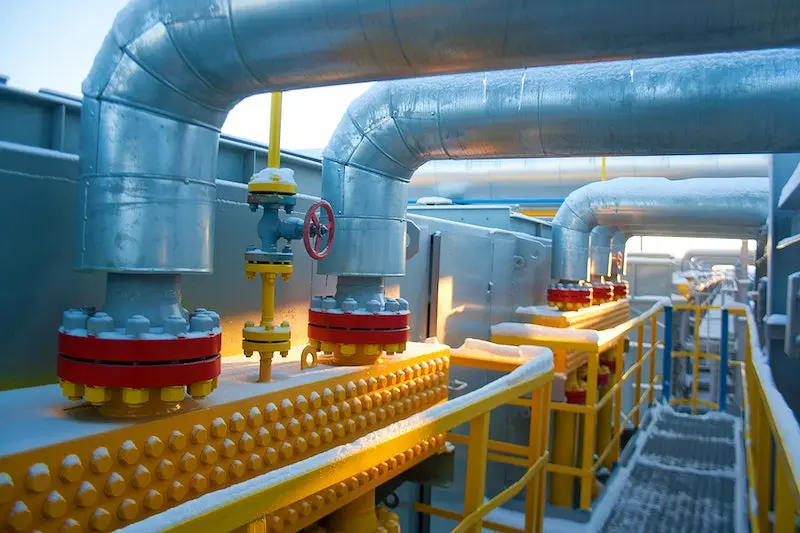






































































































































































































































































































































































































































































































































































































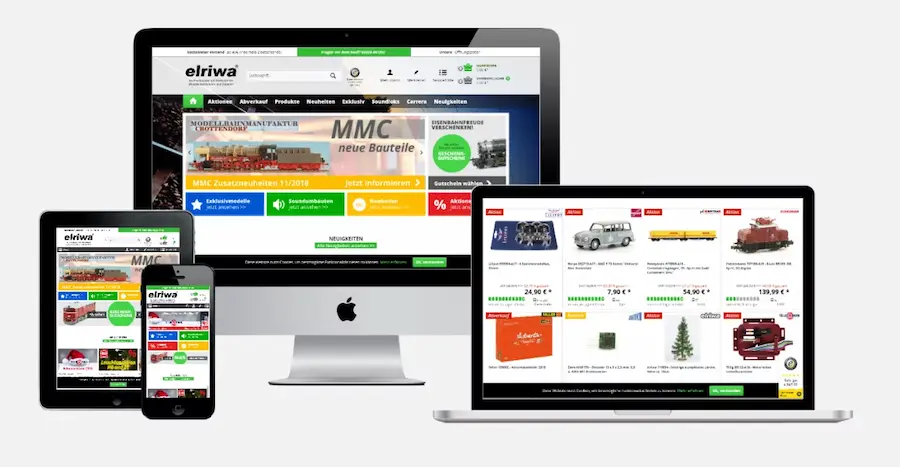



































































































































































































































































































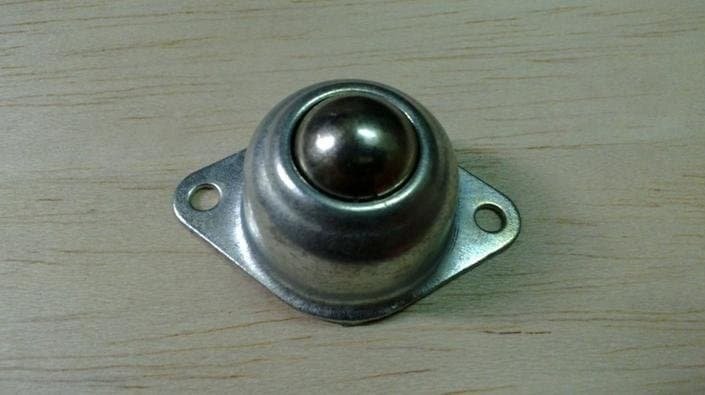



































































































0